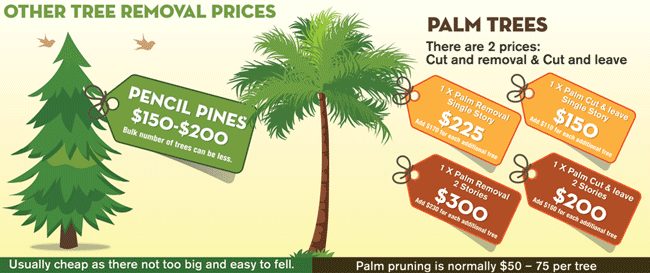Caring For Your Landscape After Tree Elimination Is Vital For Its Remediation; Uncover Crucial Steps To Revitalize Your Setting And Avert Future Difficulties
Caring For Your Landscape After Tree Elimination Is Vital For Its Remediation; Uncover Crucial Steps To Revitalize Your Setting And Avert Future Difficulties
Blog Article
Short Article Author-Graham Als
After a tree's removal, your landscape might look fairly various, and it's necessary to evaluate the after-effects very carefully. You'll intend to assess the dirt disturbance and examine bordering plants for any kind of signs of stress and anxiety. Disregarding these variables can lead to larger troubles down the line. So, what should you do with those stumps and origins? And how do you choose the very best plants for your revitalized room? Allow's check out these important actions.
Analyzing the After-effects: Reviewing Your Landscape
After a tree removal, it's essential to evaluate your landscape to comprehend the effect it has on your lawn.
Beginning by taking a look at the area where the tree stood. Search for indications of soil disruption, and inspect the surrounding plants for any anxiety or damage.
You need to likewise bear in mind of exactly how the removal has actually altered sunshine exposure and air movement in your garden. This change can impact the growth of close-by plants, so it's necessary to examine their health.
Think about the visual facets too; the removal could develop an open space that you can revamp.
Finally, consider any type of potential disintegration problems that could emerge from the tree's absence. Attending to Pruning Apple Trees In Summer will help recover equilibrium to your landscape.
Dealing With Stumps and Roots: Alternatives for Removal
As soon as you have actually examined the after-effects of the tree removal, you'll likely require to tackle the stump and roots left behind.
You have a couple of options for removal. One reliable approach is stump grinding, where a specialist utilizes a machine to grind the stump down to below ground level. This technique leaves minimal disturbance to your landscape.
If you like a do it yourself technique, you can utilize a mix of digging and chemical stump removers. Simply remember, Pruning A Tree can take some time and initiative.
Alternatively, take into consideration leaving the stump as a natural attribute, which can serve as an one-of-a-kind garden aspect or habitat for wildlife.
Whatever you choose, dealing with the stump and roots is important for recovering your landscape.
Choosing the Right Plants for Your New Area
As you assess your recently gotten rid of room, picking the right plants can dramatically enhance your landscape's elegance and functionality.
Start by taking into consideration the sunlight and soil problems. For sunny locations, select drought-resistant plants like lavender or succulents. In shaded spots, ferns and hostas thrive well.
Consider the size and growth behaviors of your plants; mix perennials and annuals for seasonal range. Don't fail to remember to incorporate indigenous types; they need much less upkeep and assistance local wildlife.
Team plants in weird numbers for a more all-natural appearance and develop layers for visual deepness.
Finally, guarantee you have a mix of colors and structures to keep your landscape vivid throughout the seasons.
Satisfied growing!
Conclusion
To conclude, restoring your landscape after tree elimination is a rewarding process. By evaluating the consequences, attending to stumps and origins, and picking the right plants, you'll create a thriving atmosphere. Do not forget to include disintegration control actions to safeguard your soil. With a little effort and treatment, you can transform your space right into a vibrant garden that improves your residential or commercial property. Embrace the opportunity to invigorate your landscape and take pleasure in the beauty of nature right in your yard!
